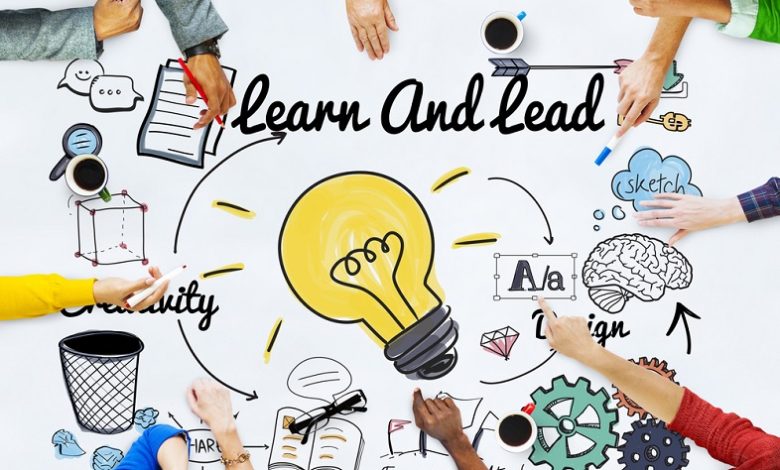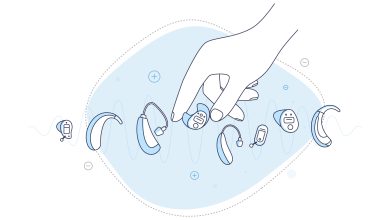Customize your learning experience

“Teachers can be learners, and learners teachers. We are all both.”
~Marilee Sprenger
Online education has entirely shifted the traditional brick-and-mortar classrooms to three-dimensional virtual rooms with invisible walls. To be more precise, there is no room, no walls, just a bright and colorful screen where objects move like a montage in cinema halls. Isn’t it fun?
Indeed it is and that is why students are finding this new methodology of learning very interesting. The statistics say that the attendance ratio has largely increased, thanks to the intervention of technology based audio-visual learning tools. Now, students can learn on their own at whatever time they want. This flexibility is not only ensuring the building up of self-discipline but also increasing the outcomes from learning to an exponential degree. Not only that, now students can also choose how they want to learn.
Sometimes we prefer to just listen, other times we prefer to learn while watching. Then there are times when we want to put ourselves into action and learn while doing it, while experiencing it. And, there are also times when we want to just read or just write whatever is being feeded into our brains. Guess what, you choose and they deliver. By ‘they’ I mean the various educational platforms who are always there when you need them. Just login and get started. It is as simple as that.
Everyone has a different way to learn, so if a student is not interested in learning in a way in which the lecture is being delivered then the entire learning exercise becomes nothing but useless. Energy is wasted for almost no purpose at all. Technology has, like always, found a solution for solving this dilemma too. Now there are several LMS(s) where the lessons are delivered in various formats to ensure that the learning experience is enhanced to the maximum and best results do come. No, it doesn’t in any way mean that we need to sort the students out in terms of what type of learning they usually prefer. That would be categorizing students into brackets which could seriously dampen their growth potential. Preferences change with time. Let me illustrate this clearly by an example. It is a strange example of sorts but anyway whatever explains the concepts better. Suppose a person was a thief ten years back and he was imprisoned for his crime for ,say, two years. And, by the time he comes out of the jail he is an entirely changed individual, a better human being. But, one day a crime happens where he was merely an onlooker while the actual doer of that crime slipped away. The police found him on that spot and arrested him merely on the grounds that he used to be a prisoner. Do you really think it is justified to do that? No, right. People change with time and so do their habits, likes and dislikes. If I relate this to my previous statement of why it is wrong to categorize students on the grounds of how they want to get their lessons delivered, you would agree with me now that it doesn’t make any sense at all. Moreover, it results in making the learning restrictive when its primary objective for any categorization to happen in the first place is to make it more free, independent and student-centric.
Just like any other domain, we should approach digital education too carefully as we as critically. Regular inputs and feedback are extremely necessary for granting it leverage over traditional methods of learning. A mere assumption that it is good won’t do. Everything is fallible and is bound to make mistakes because it is only through them that we learn and in this case the machines too.
Where synchronous learning helps the students connect live with their teachers, an asynchronous way of learning provides flexibility in terms of time schedules because the lessons are recorded and can be streamed on-demand. The required resources to add up to the lectures are available in the form of blogs, documents or sometimes as guided recordings recorded by the teacher for any lapse in conceptual clarity whatsoever. If both these ways also don’t work then there are hybrid ways of learning when technology is used whenever required whereas the lecture is delivered to the students in conventional physical classrooms.
Whatever method is used, the main motive is to make the student learn and for that to happen an open and frank dialogue is necessary between the students and teachers. So, whatever suits must be used as a medium for communication. If there is any problem that the student is facing, be it digitally or socially, a careful representation of that should be taken into account to bring the best out of the student’s potential.





